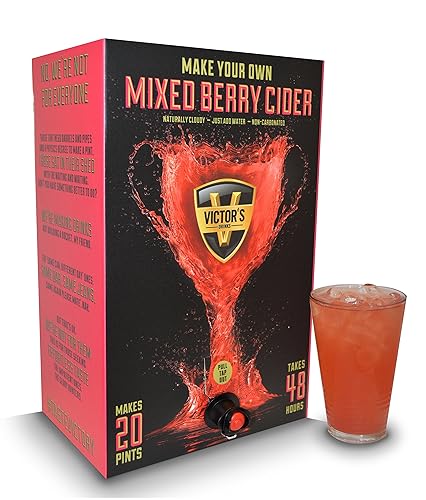Everything in my garden is about a month early this year. I usually pick my "early" apple tree at the beginning of September but they're all done now. The "late" tree is usually starting to drop in the middle of September and there are plenty of windfalls already! 
I've used cleaned but smeggy bottles before without trouble - they don't look nice but if you've washed them out as best as you can, I don't think that the smeg will affect the cider. The professionals may disagree...!!
I'd let the cider brew for about 4-6 weeks until the bubbling has slowed to one or two bubbles a minute and then "rack it off" - siphon off all the clear stuff into a clean vessel, leaving the sediment behind, and fit a fermentation lock. You might want/need to do it sooner and/or filter through muslin if you want a clearer cider. I add sugar at this point but purists won't. You can now leave it to ferment to dryness and add artificial sweetner (to taste) or wait until it has the required dryness and then stop the fermentation with a camden tablet (sodium metabisulphite).
There's no rule against adding a sweetex to your pint of homebrew!!
I've used cleaned but smeggy bottles before without trouble - they don't look nice but if you've washed them out as best as you can, I don't think that the smeg will affect the cider. The professionals may disagree...!!
I'd let the cider brew for about 4-6 weeks until the bubbling has slowed to one or two bubbles a minute and then "rack it off" - siphon off all the clear stuff into a clean vessel, leaving the sediment behind, and fit a fermentation lock. You might want/need to do it sooner and/or filter through muslin if you want a clearer cider. I add sugar at this point but purists won't. You can now leave it to ferment to dryness and add artificial sweetner (to taste) or wait until it has the required dryness and then stop the fermentation with a camden tablet (sodium metabisulphite).
There's no rule against adding a sweetex to your pint of homebrew!!


